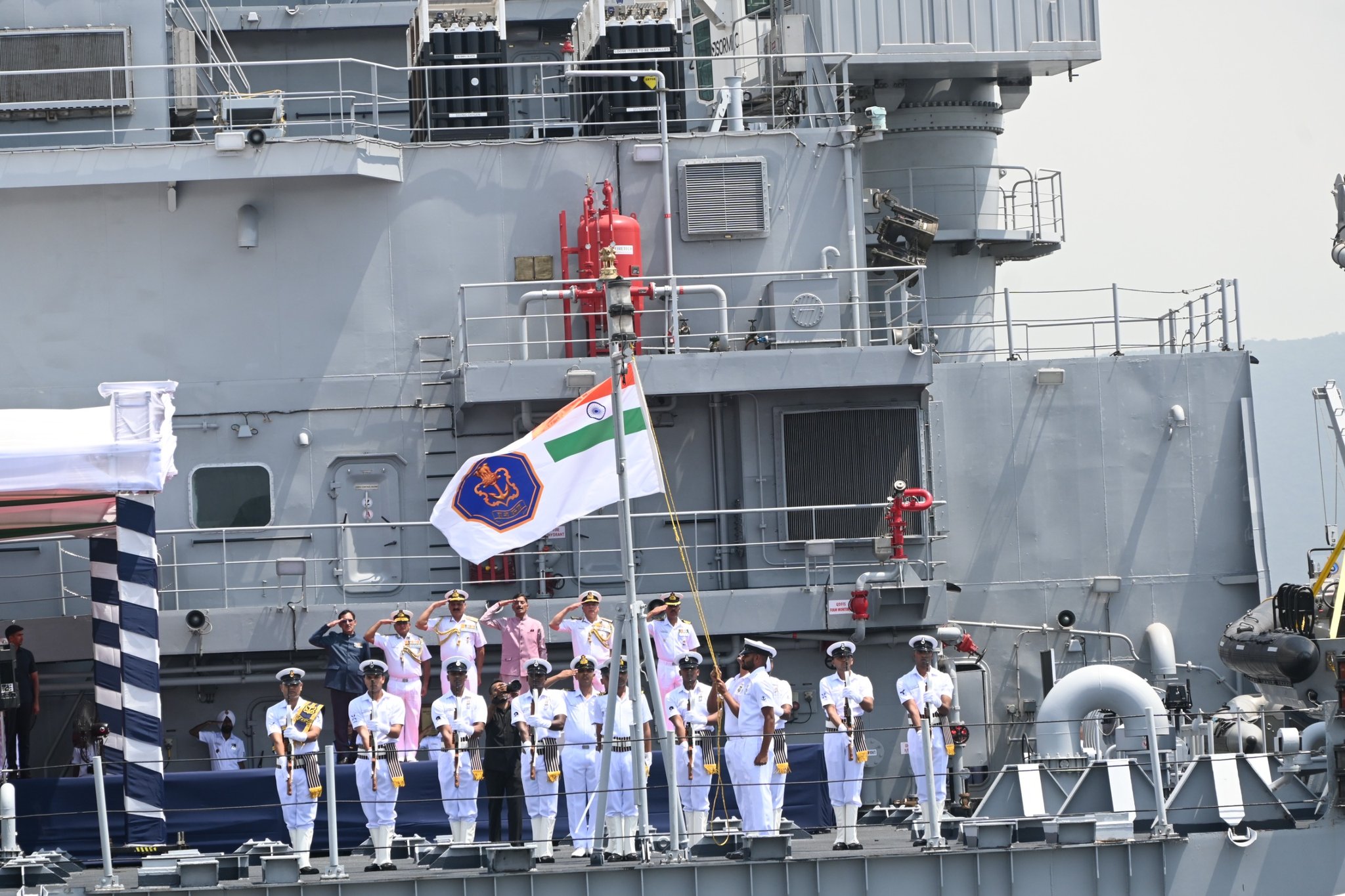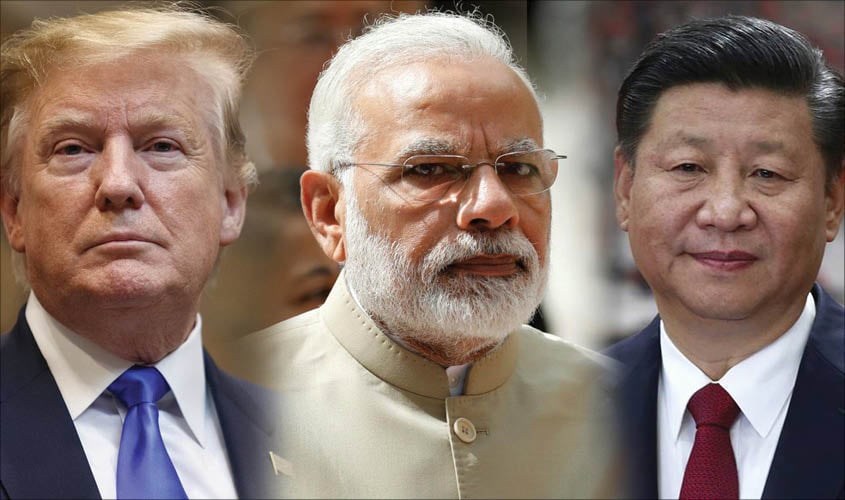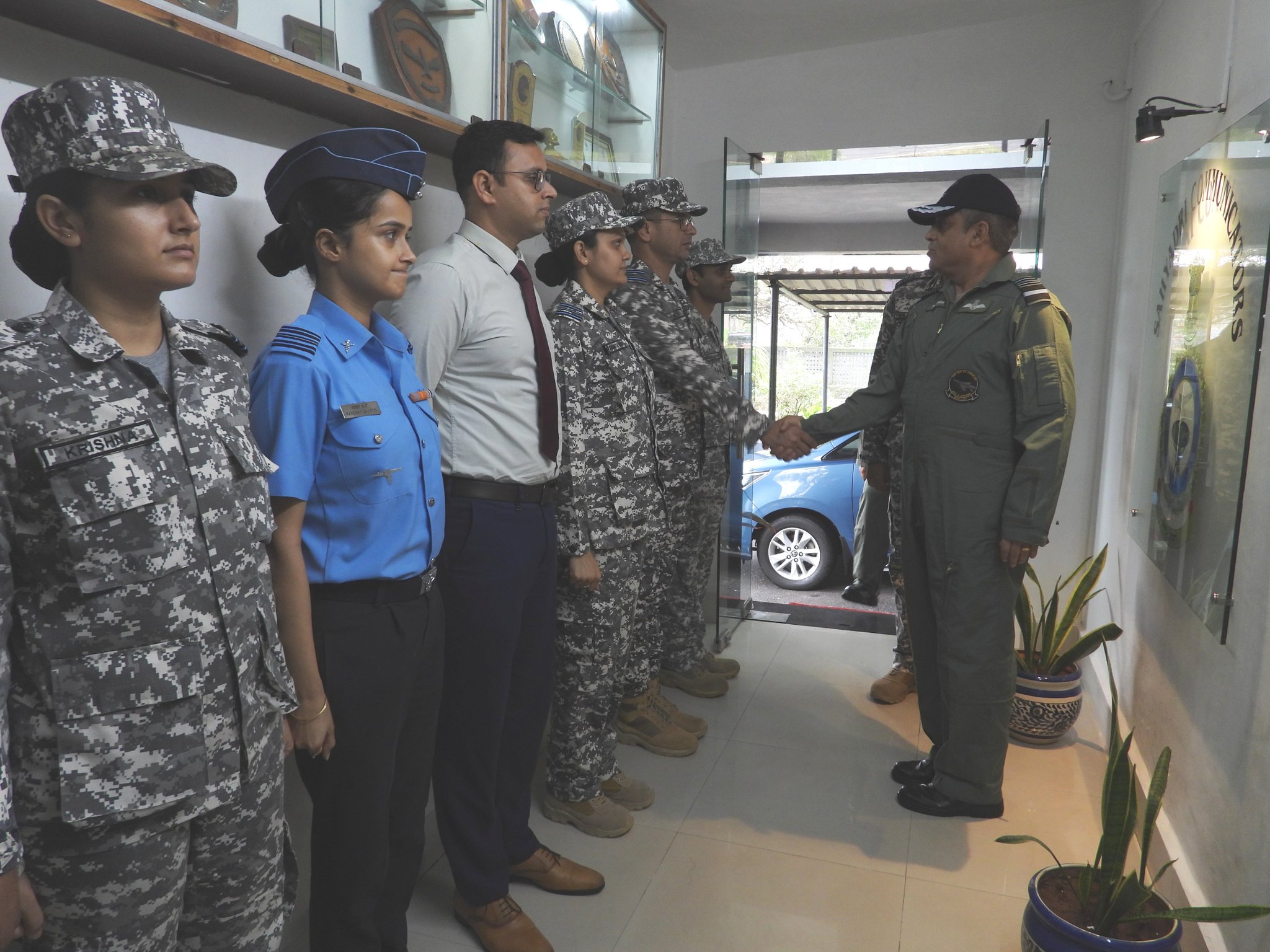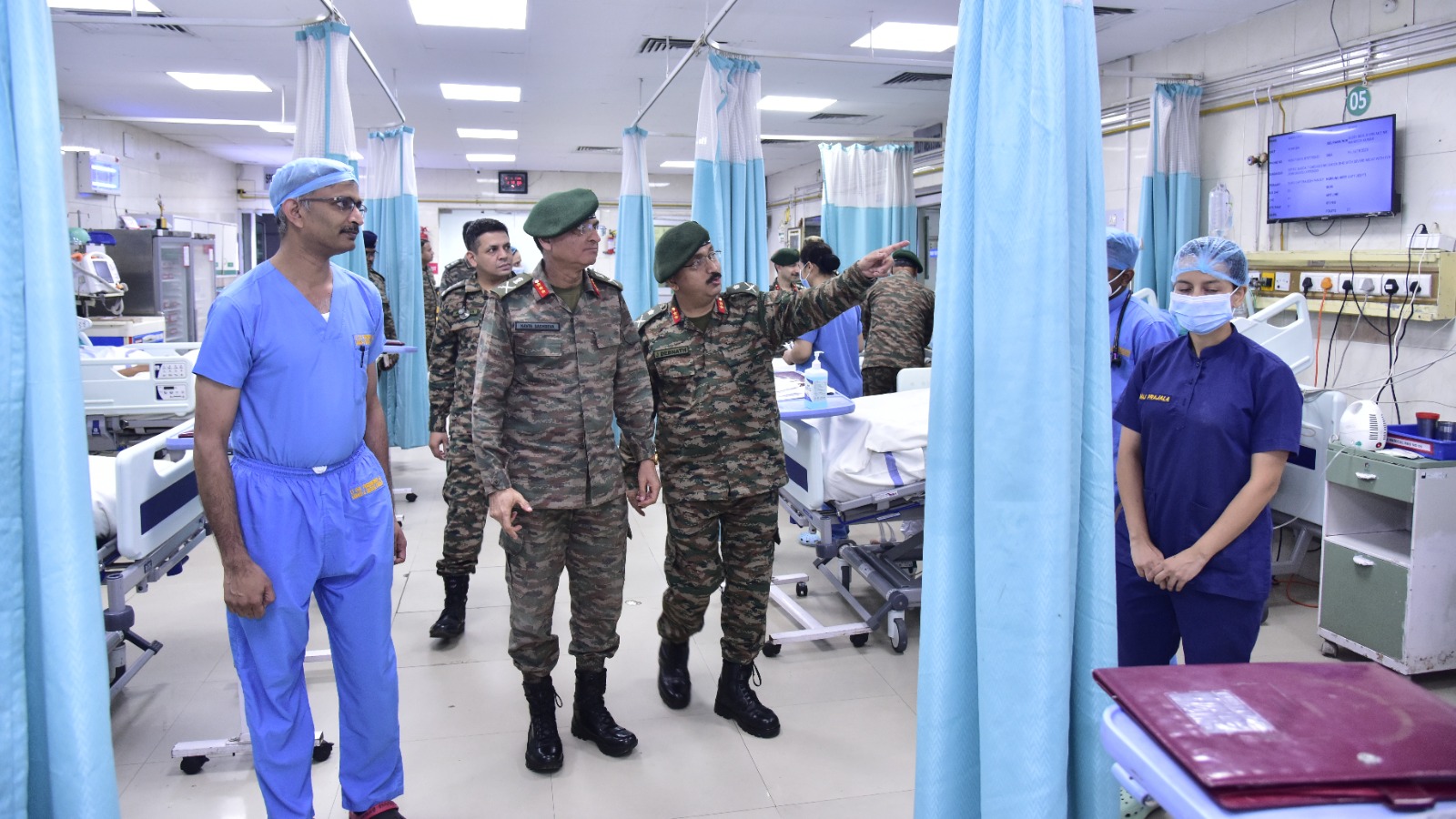INS Nistar Commissioned in Visakhapatnam: India’s First Indigenous Diving Support Vessel Joins Navy
Marking a major milestone in India’s drive towards self-reliance in defence, the Indian Navy commissioned INS Nistar, the country’s first…
China Urges Regional Unity Against Terror After U.S. Designates TRF a Global Terror Group
In a cautious but firm response to the U.S. designation of The Resistance Front (TRF) as a Foreign Terrorist Organisation…
Air Marshal Nagesh Kapoor Reviews Operations at Air Force Station Lonavla, Stresses Tech Integration and Vigilance
Air Marshal Nagesh Kapoor, Air Officer Commanding-in-Chief of the Indian Air Force’s South Western Air Command (SWAC), visited Air Force…
Command Hospital Lucknow Installs Advanced Imaging System to Boost Military Healthcare
In a significant development for military healthcare in northern India, Command Hospital, Lucknow, has inaugurated a state-of-the-art 1000 mA Digital…
IMA Inducts First Batch of Women Officer Cadets, Marking Historic Milestone
In a momentous first in its 92-year history, the Indian Military Academy (IMA), Dehradun, inducted its first-ever batch of women…
Pakistan Rejects US Terror Designation of TRF, Urges Balanced Global Approach to Counter-Terrorism
Pakistan has issued a strong response to the United States’ designation of The Resistance Front (TRF) as a Foreign Terrorist…






